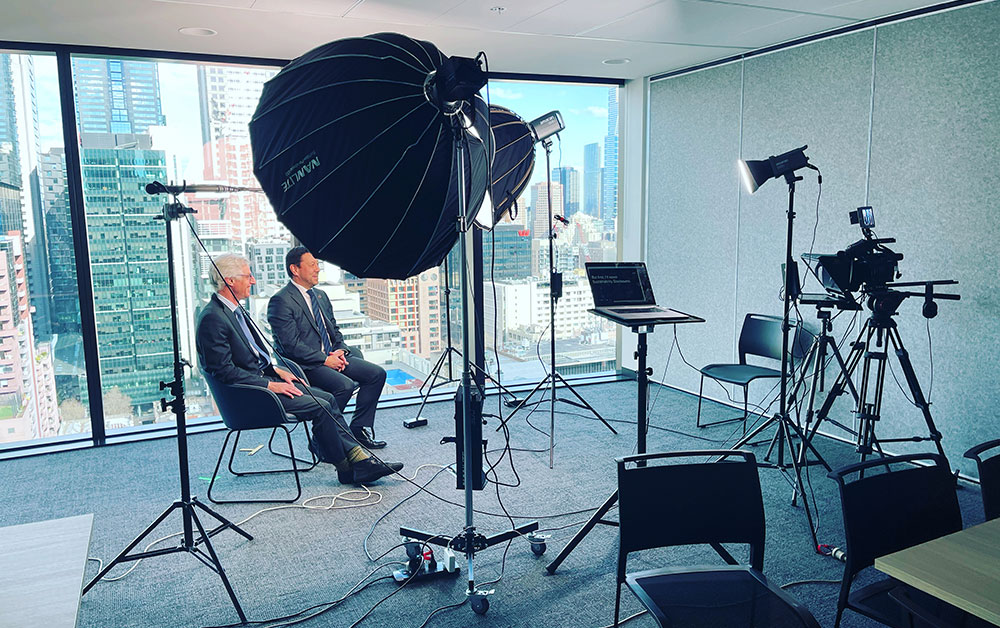In today’s globalised world, reaching a diverse audience is crucial for businesses and organisations. One of the most effective ways to connect with a global audience is through multi-language videos. However, producing these videos can often seem daunting due to the complexities of translation, voiceovers, and captioning. In this blog post, I’ll walk you through my simple yet effective process for creating multi-language videos, complete with real-life examples.
The Simple Process
Step 1: Initial Video Editing with English Voiceover
The first step in our process is to edit the video using an English voiceover. This serves as our baseline to ensure all scenes are correctly sequenced and timed.
Example: Let’s say you’re creating a promotional video for a new product. The initial video might feature an English voiceover describing the product’s features and benefits.
Step 2: Numbering the Original English Script
Once the video is edited, we break down the original English script by numbering each sentence or segment.
Example: In our promotional video example, the script might include sentences like “Introducing our innovative product,” “Experience unmatched quality,” and “Join the revolution.” These sentences would be numbered sequentially.
Step 3: Translation into Multiple Languages
With our numbered script in hand, we then translate it into the desired languages.
Example: Translations might include Spanish, French, and Mandarin versions of the script, ensuring each language captures the essence and message of the original English content.
Step 4: Voiceover Recording with Line Numbers
During the voiceover recording process, we ask each narrator to read out the line number in English before delivering their translated lines.
Example: The Spanish narrator would say “Line 1” before reading the translated version of “Introducing our innovative product.”
Step 5: Video Editing and Matching
Editing the video becomes straightforward as we match each translated sentence to our English version, cutting out the line numbers.
Example: In the final edited video, the Spanish voiceover for “Experience unmatched quality” would be seamlessly integrated into the scene originally designed for that segment.
Step 6: Adjusting Scene Durations
It’s important to adjust the duration of scenes to match each language’s natural pacing, as some languages may require extended timing.
Example: A scene that lasts 10 seconds in English might be extended to 15 seconds in Mandarin to accommodate the language’s longer phrases.
Step 7: Final Language Review
Before finalising the video, we organise a language review to ensure accuracy and cultural relevance.
Example: Native speakers of each language review the video to confirm that translations and voiceovers are culturally appropriate and free of errors.
Bonus: Creating Multi-Language Captions
One of the benefits of translating the script sentences by number is the ease of creating multi-language captions.
Example: If you decide to use only the English version of the video edit but still want to offer captions in multiple languages, you can easily do so by matching the numbered script with translated captions.
Conclusion
Producing multi-language videos doesn’t have to be complicated. By following this simple process, you can create engaging and effective videos that resonate with a global audience. Remember, consistency across languages is key to delivering a cohesive and impactful message. So, whether you’re demonstrating an activity, promoting a product, sharing a message, or telling a story, multi-language videos can help you reach new heights in your global outreach efforts.








